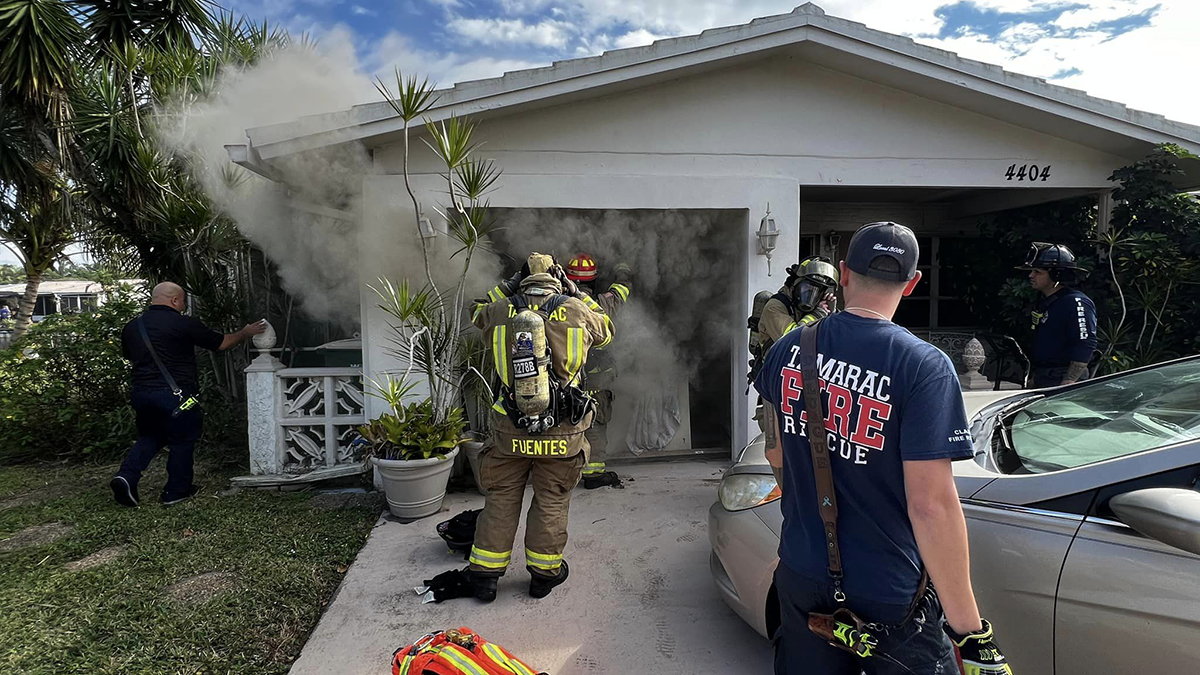February is Pet Dental Health Month. Most Americans are aware of the importance of dental health to their own overall well-being, but for many it comes as a surprise to learn that the same holds true for our pets.
The American Dental Association warns tooth and gum disease can lead to a host of complications in humans, including, but not limited to cardiovascular disease, stroke, bacterial pneumonia, and other systemic health problems.
Similarly, our canine and feline counterparts often suffer from congestive heart failure, kidney failure, and liver disease when dental disease goes untreated.
The American Veterinary Dental College recommends adult dogs and cats receive a thorough dental cleaning under general anesthesia every year. Anesthesia allows your pet’s health care team to find and address periodontal pockets, thus preserving the health of teeth that might otherwise be lost to disease.
While your pet is asleep, your veterinary team also looks for and charts conditions such as gum recession, exposed pulp, fractures, abscesses and bone loss. While veterinary nurses go through extensive training to identify and treat these conditions, the sharpest eyes can only see about three eighths of each individual tooth.
It is now becoming the minimum standard of care to add intra-oral radiographs, or dental x-rays, to routine cleanings to allow practitioners to fully assess bone, roots and internal dental anatomy, as well as adjacent structures such as sinuses, nasal cavities and nerves.
Modern radiology equipment allows images to be taken digitally and promptly assessed by your veterinarian. Because dental x-rays are taken and evaluated in-house, treatment can happen at the same time as your pet’s dental cleaning. If a tooth needs to be extracted, the x-ray will help your veterinarian determine the most efficient, least traumatic method.
Local
When looking at a pet’s teeth, it helps to think of each tooth as an iceberg. With so little visible above the surface, trouble often lurks out of sight, and appears seemingly out of nowhere. Most dental disease lies well beneath the gum line; failure to look for it using x-rays can cause our pets to come home from a dental cleaning with unresolved dental problems.
These problems can lead to painful conditions which can threaten our pet’s long-term health and affect their quality of life - after we’ve spent money on a dental cleaning! Dental x-rays help practitioners identify conditions such as fractures, bone loss, tumors, tooth root abscesses, retained baby teeth, impacted teeth, and Feline Oral Resorptive Lesions (areas of painful erosion found in cats).
If your pet has a dental problem which is beyond a general practitioner’s area of expertise, you may be advised to schedule an appointment with a board certified veterinary dental specialist.
These caring professionals can help pets needing complex treatments such as root canals, crowns - even dental implants. But before Fluffy gets to that point, ask your veterinary team for advice on how to maintain dental health at home, and schedule an appointment for a dental examination with your pet’s veterinarian.
Dr. Kupkee is the lead practitioner at Sabal Chase Animal Clinic.
Click here for deals and discounts exclusively for NBC 6 viewers.



